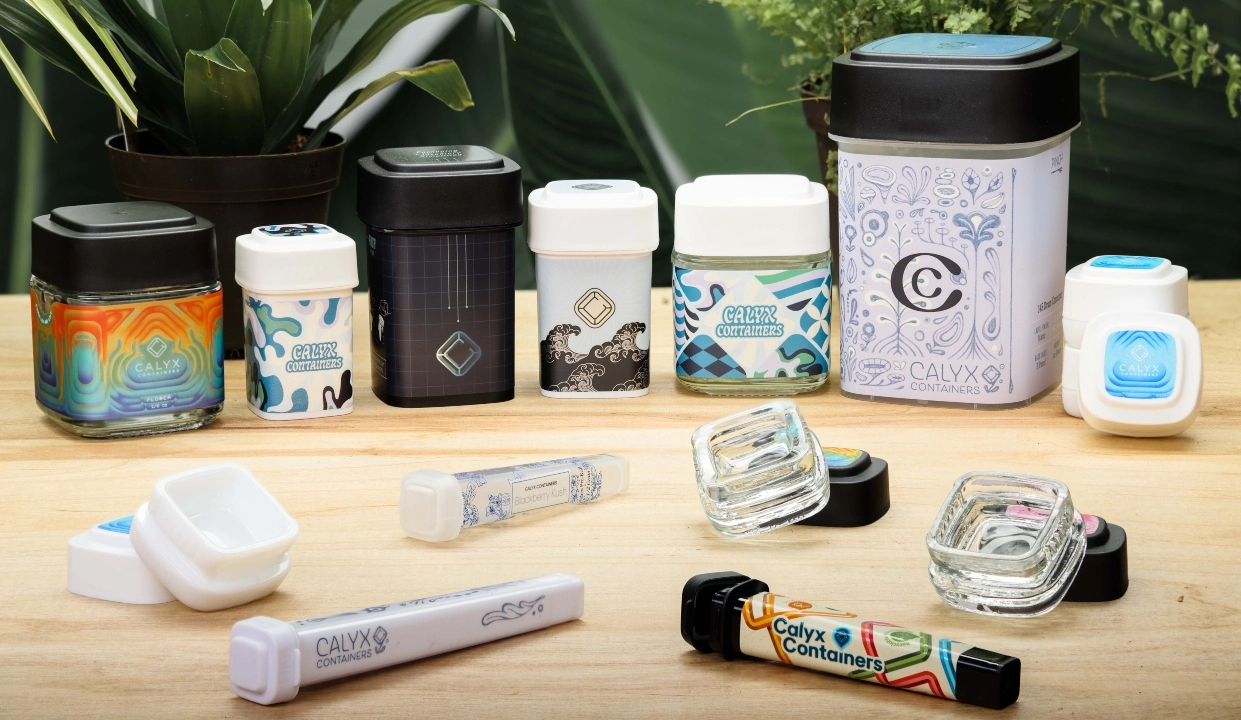Marijuana and hemp packaging companies are searching for environmentally friendly and sustainable options to attract consumers who are more conscientious about buying products that are packaged using green materials.
While the return on investment might not immediately show up in the bottom line for cannabis companies – using nonrecyclable plastic is still considerably cheaper for most products – many in the industry believe the overall investment is worth it.
“We can’t keep honoring this plant that comes from Mother Nature and keep filling landfills with it,” said Ian Hackett, chief marketing officer and head of compliance for Fumé, a vertically integrated cannabis company based in Rutherford, California.
Walk out of a store after buying cannabis and the amount of packaging for even something as simple as flower is often excessive.
It’s not uncommon for only a few grams of flower to be packaged in a mylar bag or a hard-plastic pop-top container, then placed in another child-resistant, nonrecyclable bag.
Some of that excess is the result of restrictions from state regulators and, thus, unavoidable.
But companies are exploring ways to reduce, reuse and recycle cannabis packaging to lessen the industry’s impact on the environment and generate less waste.
Costly but worth it
When Hackett started looking at packaging options for the company’s products, he saw “tons of throw-away plastic bags and boxes” and not much by way of compostable or sustainable materials.
As an example, Fumé packages pre-rolls in a glass tube with a cork, then places those in a child-resistant paper box that requires a credit card to open.
It costs the company hundreds of thousands of dollars more to sell its products this way, Hackett said.
“It costs us more upfront, but I do think it’s going to be better for the environment,” he added.
Hackett also hopes customers will reuse the glass tubes and jars.
The learning curve for entering the cannabis industry is steep. Start with the fundamentals.
MJBiz Cannabis 101 Email Course
A 10-part email course designed to educate new hires and aspiring professionals on the key fundamental areas of the legal cannabis industry, including:
- History of legal cannabis in America
- Overview of plant-touching + ancillary business sectors
- Cannabis finance and investing
- Cannabis marketing and brand building
- Employment + hiring opportunities
- And much more!
Gain a comprehensive understanding of this complex industry with this free resource.
“The idea was to design it so people could and would want to hold onto it,” he said.
The cannabis industry should get hip to the idea of environmentally friendly packaging because consumers are increasingly looking for it, according to Hackett.
“I know more consumers want it, but there’s an upfront capital cost that companies have to want to make,” he said.
Recyclable options
For John Hartsell, CEO of Dizpot – a Phoenix-based branding, packaging and logistics company serving marijuana and hemp clients – an easy way to start is figuring out what is and isn’t recyclable.
While not common, mylar bags, pop-top containers and pre-roll tubes can be made from recyclable materials, Hartsell said.
He also cited programs offered by some retailers that reward customers through a points system that leads to discounts for returning recyclable packaging as a way to reduce waste.
One area to target is sustainable, biodegradable material for pouch packaging, which is popular in the industry, according to Tom Vickers, founder of Packwolves, an on-demand cannabis packaging platform headquartered in San Juan Capistrano, California.
His company offers a pouch made from biodegradable material, including recyclable craft paper and polyethylene that would cost a cannabis company about 15%-20% more than common packaging options.
At N2 Packaging Systems, based in Twin Falls, Idaho, CEO Thom Brodeur said sustainability has been an anchor of the company’s business strategy.
“100% recyclability is just table stakes for us,” he said.
The company manufactures its cans from reclaimed steel, for example. Same for the pull tabs on the cans.
Brodeur said the packaging is on the higher end from a cost standpoint.
He estimates the recyclable options cost 10%-19% more than the baseline cheaper packaging, depending on the volume of the order.
At Calyx Containers, an Allston, Massachusetts-based marijuana and hemp packaging business, the bulk of the material the company uses is recyclable – either polypropylene or glass.
The clear glass in one packaging line uses 56% recycled content. That reduces the amount of raw materials needed to produce the glass, which also cuts emissions from manufacturing, according to Colette Bazirgan, Calyx’s sustainability manager.
Calyx also focuses on the durability of the packaging, so that consumers can reuse the products after the cannabis is consumed.
“Our products can be used in many ways,” Bazirgan said. “We absolutely stress the important of reusing them.”
Domestic sourcing
Another way for U.S. companies to reduce their carbon footprints by way of packaging is to source from North America, Vickers said.
When buying from overseas companies, “the amount of energy used for transportation is huge, from the freight costs and the environmental impact of these giant container ships,” he said.
Vickers is looking at sourcing material from Mexico, which would save considerably on shipping costs.
Bazirgan said “sustainability is a focus across the company in many different ways,” including how the products are transported.
Calyx sources packaging from the United States, which saves on time and shipping costs. It also reduces the amount of emissions required to transport the materials.
Bazirgan pointed out that it’s generally cheaper to have products manufactured overseas, but there are other considerations, including potential supply-chain hiccups and the possibility of errors as well as higher quality and environmental standards in the U.S.
Hemp as a solution
With an entire industry dedicated to creating products to replace plastic, hemp-based packaging seems like a logical choice.
But it’s a ways out, Hartsell said.
He estimates it will take the hemp industry 10 years or more before it can truly compete with plastic materials on a cost basis.
Vickers agreed, saying that packaging made from hemp or other alternative products might not look as nice and cost more, which might put consumers off.
“Lots of people are still trying to get the cheapest thing available,” he said.
Calyx has explored hemp-based plastics, but so far, the materials haven’t met the company’s needs.
That doesn’t mean Calyx isn’t still looking at hemp-based plastics as an option, Bazirgan said.
“I would love to see hemp become more part of the generation of new bio-based materials,” she added. “So we’re keeping an eye on that space.”
Bart Schaneman can be reached at bart.schaneman@mjbizdaily.com.





